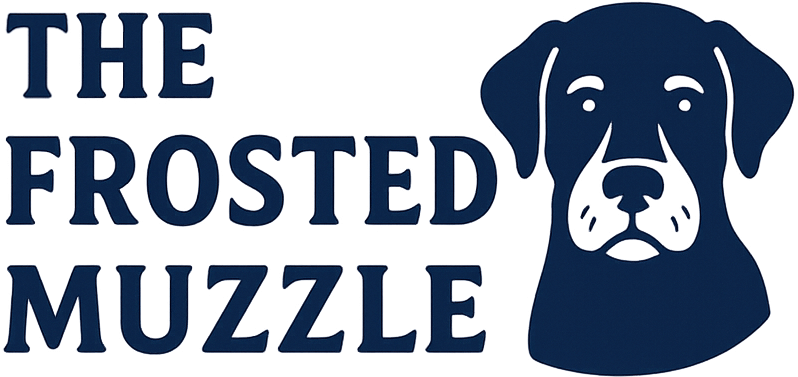Table of Contents
Dachshunds are known for their spunky personalities and long bodies that wiggle with joy at the sight of their favorite humans. But just like any dog, time moves quietly, and before you know it, your once hyper pup starts napping a little longer or hesitating before hopping up on the couch. So when exactly does a Dachshund become a senior?
Let’s take a closer look at the signs, timelines, and what aging means for these spirited little dogs.
The General Rule: Around 7 to 8 Years Old
In most cases, a Dachshund is considered a senior between the ages of 7 and 8. Smaller dog breeds tend to live longer than larger ones, and Dachshunds are no exception. With proper care, many live well into their teens. But aging doesn’t have a hard starting point. It’s not like a switch flips on their 7th birthday.
Instead, aging is gradual. You might first notice a slower pace during walks or more frequent naps. These small changes are a natural part of growing older, not immediate signs of illness.
Physical Signs of Aging
As Dachshunds approach their senior years, you’ll likely see subtle shifts in their behavior and body. Here are some common ones to look out for:
- Decreased activity: They may not chase toys with the same intensity or may get tired sooner.
- Stiff joints or slower movement: Arthritis and back issues can become more noticeable with age.
- Graying around the muzzle: Just like humans, dogs start to show their age in their hair.
- Weight changes: Seniors often struggle with weight gain due to a slower metabolism or loss of muscle tone.
Changes in Personality or Habits
Sometimes, changes are less physical and more emotional or behavioral. A previously outgoing Dachshund might become more reserved or clingy. They might sleep more during the day and seem disoriented at times. These can be normal parts of aging, but they’re also worth bringing up with a vet to rule out cognitive decline or underlying health issues.
Health Screenings Are Key
Once your Dachshund reaches 7 or 8, it’s smart to schedule twice-yearly wellness checks with your vet. Regular screenings can catch early signs of kidney disease, heart problems, or dental issues that may not be obvious yet.
Bloodwork, weight tracking, and a good look at their teeth can help your vet craft a plan to support your senior dog’s well-being.
Supporting a Senior Dachshund at Home
The good news? Aging doesn’t mean slowing down to the point of doing nothing. It just means adjusting the pace. Here’s how you can help:
- Soft bedding to cushion achy joints.
- Ramps or steps to help them reach the couch or bed without jumping.
- Low-impact play that keeps them mentally and physically active.
- Tailored nutrition that supports joint health and healthy weight.
Your Dachshund may technically become a senior at around 7 or 8, but that doesn’t mean their spirit dims. With love, routine check-ups, and a few thoughtful adjustments, your little dog can continue to live a full, joyful life well into their golden years.
Getting older isn’t the end of the adventure—it’s just a slower, sweeter chapter.

